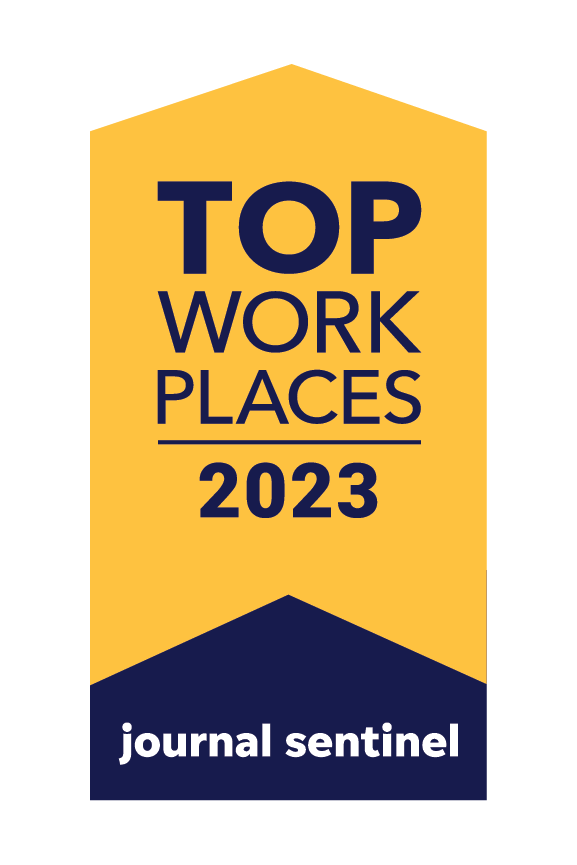Whenever you enter into a contract with another entity, you take on a certain amount of counterparty risk. That means that there’s a chance that the other party to the agreement won’t be able to meet their obligations under the contract.
For example, you could start a big installation in a new apartment building, extending the builder some vendor financing, in the expectation that you’ll be paid in full when the building is completed and the apartments leased.
But when you do that, you’re not only sacrificing some short-term cash flow. You’re also taking on some substantial risks:
What if the building is never completed? What if it’s completed, but the owners can’t lease the building as planned? What if there are serious construction defects that are no fault of your own, and the entire project is in jeopardy? What if there’s a major disaster that halts construction? Or does the bank financing the construction company exercises a right to call a loan or cuts off continued credit?
Any of these things can happen, putting you at a very real risk of non-payment. And for many businesses, that can put you at very serious risk of going out of business yourself.
An alternative is to work with a finance company that understands your industry. By partnering with a third-party finance company, you can offload the risk from your company - which cannot bear the risk of non-payment - to an outside finance company that can. That’s where we come in.
For most small-to-medium-sized enterprises, outsourcing credit risk to a third-party finance company is the preferred solution. It reduces the risk of catastrophic failure to the company and allows you to focus on your core competencies.
If the borrower runs into trouble, you will still have received payment for the products and services you have provided.
But still, it’s a good idea to do some due diligence whenever you take on a major project with another company - especially one where a major failure on their part will cause your company some real financial hardship, as well.
If your counterparty’s a publicly-traded company, you should have no problem downloading their prospectus and annual report from their Website, or from the SEC database, EDGAR.gov. From there, you should read the prospectus, which details the potential risk of investing in or lending to the company.
You can then go through the annual report and look at their finances to determine if the company is on a solid footing or not.
Financial Ratios and Other Critical Indicators
Here are eight critical items to look at to determine whether a company's financial health is strong enough for you to do business with or extend credit to. Before you take on a lot of company-specific credit or counterparts risk, perform a bit of financial analysis to determine the company's financial position.
Growing revenue. A no-brainer. If it's on the rise, that's a good sign.
Operating expenses staying flat. No spikes means there won't be any nasty surprises. Predictable is best.
Debt ratio. A company with too much debt relative to its cash flow could mean trouble. One or two hiccups could affect its ability to fulfill its financial obligations to you. Look at the current ratio, which is current assets divided by current liabilities. Ideally, the current ratio should be between about 1.5 and 3 to 1. Anything greater than that should prompt a little more digging into the company's performance and financial statement.
Liquidity ratios. Look at a company's cash on hand and accounts receivable, and compare them to their near-term liabilities. That is, payments due within the next 12 months. How much debt do they have to pay back during the time you'll be working with them? Do they have the total assets and cash flow to handle the debt?
Also, look carefully at the quick ratio - which is the company's liquid assets (cash or assets that can quickly be converted to cash) divided by their current liabilities (those due over the next year.). This critical metric is also called the "acid test." It provides a solid early warning signal of future trouble.
High-profit margin. High margins are always good, especially if we're talking about the net profit margin. Look at the key profitability ratios, including gross profits, operating earnings, gross revenue, EBITDA (earnings before interest, taxes, depreciation, and amortization), as well as the stability of earnings. Compare the company's cash flow to its debt obligations.
Balance sheet. The company's balance sheet should list all the company's assets in one column, and the total liabilities (including shareholders' equity) in the other. The assets include the value of everything the company owns, as well as estimated goodwill. Hopefully, assets are greater than current liabilities. If not, look for a health cash flow statement and positive trends. Many real estate companies have very high debt levels, but are actually in good shape because they have the assets on the balance sheet to support the loans.
Look for a healthy cash balance on hand.
Income statement. Should show a consistent or growing stream of income from operations, accounts receivable, etc.
All of these are good indicators - a great example of what to look out for when trying to assess the health of a company. Don't neglect them. These financial ratios can make a huge difference.
If the company is not publicly traded, you may not have access to audited financial statements to guide you.
Most such businesses won’t be comfortable releasing detailed private financial information to you as a vendor. But they are quite accustomed to releasing bank statements, cash flow statements, and balance sheet information to finance companies that need them to underwrite loans.
That’s yet another reason to work with a third-party lender that understands your industry and has the capacity to finance larger projects.
However, in many industries, you can also reduce your risk and ensure that your counterparty is in a solid position in several ways:
1.) Ask for a substantial down payment or deposit. This serves two purposes: It gets cash in your account to improve your cash flow position. It also quickly smokes out counterparties that can’t afford it.
2.) Ask for a certificate of insurance. This is routine among contractors. Your customer can have their insurance company or companies send you a letter detailing what insurance they have in place, and how much. Companies in good financial health will typically have ample coverage in place to protect them against disaster, and allow them to pay their obligations in case something goes wrong.
3.) Ask for a completion bond. Construction firms and production companies routinely post a completion bond with an outside company. If the project fails for a covered reason, the bond company will provide the liquidity needed to make subcontractors whole, up to the amount of the bond.
4.) Ask for references. The best indicator of poor payment is a history of poor payment. Ask for references from other subcontractors or customers connected with the company.
5.) Check with the Better Business Bureau. The BBB may have a long record of complaints about the business. They may have jilted a subcontractor or failed to deliver on customer expectations. Even good companies can have the occasional complaint. But if there is a pattern of non-payment or non-performance, you have reason to be extra careful.
6.) Check for court actions. You can run a public records check on the entity name as well as on the owners. Do they have a history of serial bankruptcies, leaving vendors like you hanging? Are there open judgments or liens? Have there been enforcement actions, such as contractors' license suspensions?
If you want to determine if a company is in good financial health, you can check all these factors, even if you don’t have access to their audited financials.
Even so, we recommend partnering with a good third-party lender, rather than taking on the potentially disastrous risk of a counterparty experiencing a major setback. In your case, this one large customer could make or break your profitability for an entire year. But for a finance company with thousands of accounts, the risk is much more manageable.
That said, do your due diligence. Find out if a company is in good financial condition before you find up getting surprised by information you should have known about at the outset.





























